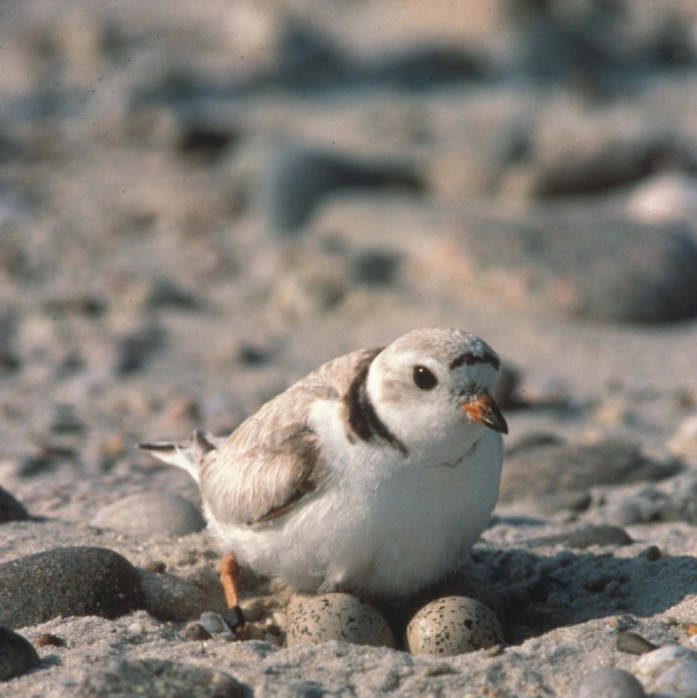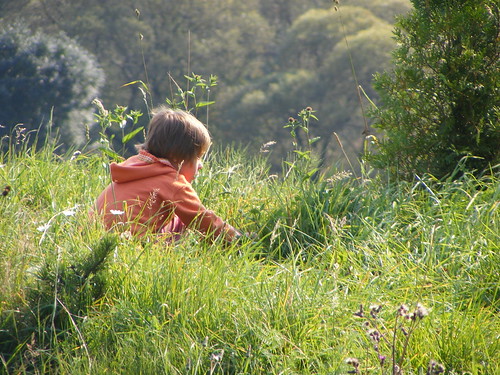 Activities
Activities
Nature Activity of the Week – Nature Cards
For our nature activity this week, we’ll be creating Nature Cards. These are easy to make and work for children as young as 18 months. Thanks to Fiona Danks and Jo Scofield authors of the book Nature’s Playground (one of my favorites) for the idea.
Supplies You Will Need
- Cardboard cards (white works best)
- Double-sided tape
What to Do
- Cut the stiff cardboard into small squares or rectangles
- Cover one side with the double-sided tape, leaving the tape protector on the exposed side
- Head outside to look for tiny natural items like flowers, leaves, grass, sticks, etc.
- Remove the top tape protector
- Stick found natural treasures to the cards to create beautiful mini mosaics
The Challenge
- Collect as many different colors as possible.
- Create patterns or pictures.
- Cover the entire card.
Great Ideas
- Use the little creations for greeting cards
- Frame them to create pictures
- Cover them with sticky-backed plastic to make bookmarks
Additional Tips
- Take the back seat and allow the children to work on their own
- Tell them not to collect the whole flower, and be careful to use commonly found species
Safety Tip
Direct the children away from poisonous or stinging plants.
Benefits to Your Children
Encourages exercise and concentration and promotes imagination and creativity.




